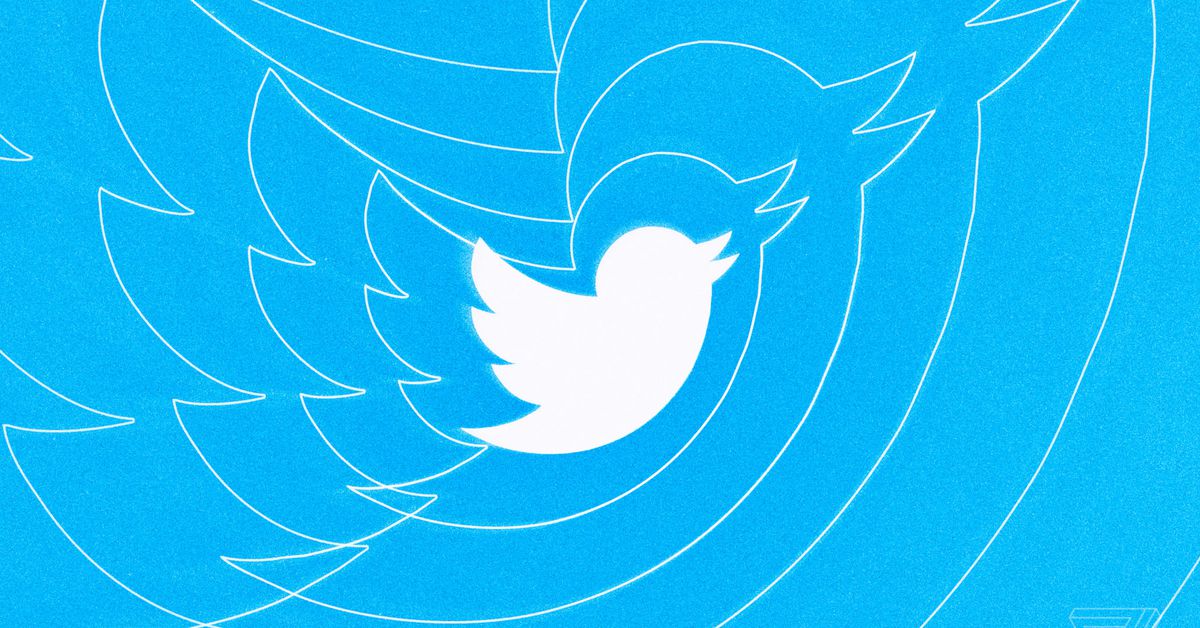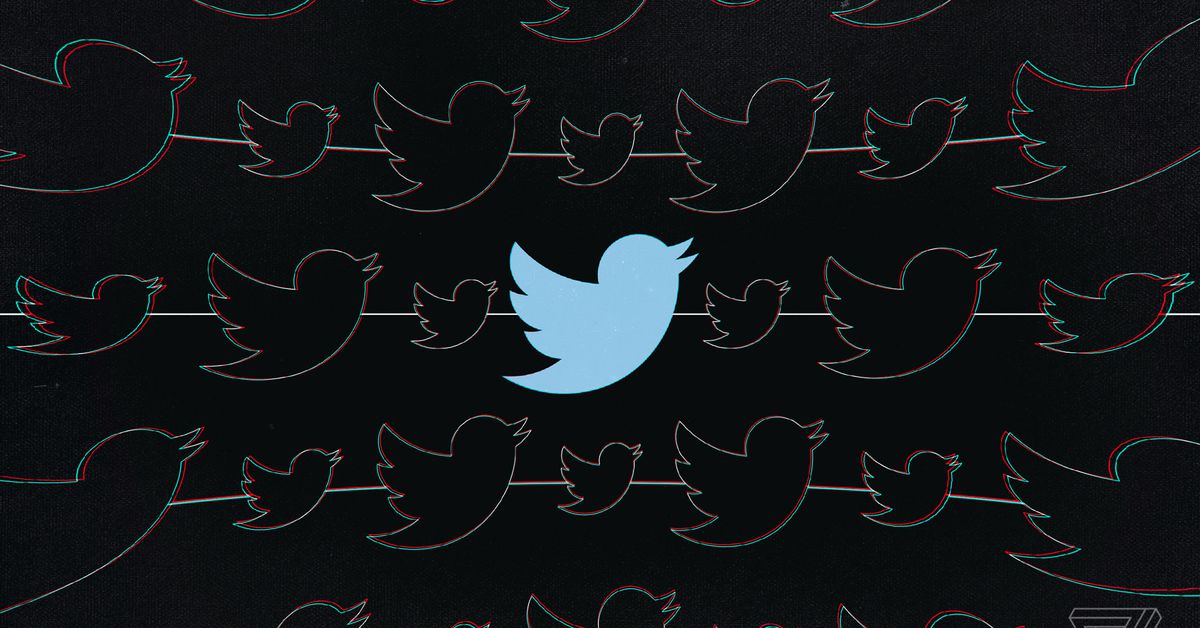Arcam’s name was’ Solo ‘always for all-rounders who combined a slim shape with a lot of functionality, such as a Blu-ray player. The more competitively priced Solo Uno does it differently. Done with disc turners, this Arcam amp is smaller than ever and fully committed to streaming.
The Arcam Solo Uno really seems to disappear into thin air when we place it in the test room next to the Musical Fidelity M8xi. Now it is 250 – Watt-per- channel amplifier the hi-fi equivalent of an alpha gorilla, but still: what a difference! It immediately shows the difference between this small Arcam and conventional hi-fi components. This is a very compact device, perhaps also intended for a completely different target group. Arcam itself calls the Solo Uno a streamer with a built-in amplifier (and not an amplifier with streaming functions), which indicates somewhere that this device is rather intended to compete with a product such as the Sonos Amp or the Bluesound Powernode 2i. The Uno gives the music lover who may have a few wireless speakers in the kitchen and dining room an alternative to aim for a slightly higher sound quality in the living room. Or, we also think it would be an interesting option to control a set of built-in speakers. All this without making it complex; all you need to listen to music with the Arcam is to connect two speakers. Sources? Streaming, that’s about it. There are no connections for external devices (except for an auxiliary input).
Award-winning design Arcam is very proud that the Solo Uno has a Red Dot design award. Apart from the fact that the Red Dot organization is always generous with its awards, it is indeed true that Arcam has tried to make something special out of it. With success, because the Uno Solo could just as well be an anonymous square box, but instead it has become a slightly nicer device that still looks a bit more luxurious than some competitors. You probably go for an amp like this one because you’re looking for something understated and modest, so maybe looks aren’t that important now either. But still, due to its curved front with a minimalist operating section and the duotone housing (at the top the typical Arcam anthracite, at the bottom shiny metal) it can also be placed visibly on the TV cabinet.
What also strikes us is that the build quality is much better than you would expect. The device is very solidly built, the power button gives the tactile feedback of a more expensive component and also the metal speaker terminals at the back look like something you would find on a ‘real’ hi-fi device.
Talking about the operation: it is really kept minimalist. There is no display, just a few LED lights that tell you about the network connection, and only a few buttons. That in itself is not so bad, because probably you will mainly work via your smartphone to control your music.
How do you want to stream? The Solo Uno is an amplifier for the music lover who only listens via streaming. And that’s it. In contrast to, for example, the Sonos Amp, there are no inputs to connect, say, a turntable or the TV. Not everyone wants that, but it is also not unheard of that you immediately want to solve the TV noise problem. You can’t do that wirelessly either – new TV sets allow you to use little lag over Bluetooth to stream to speakers – because Bluetooth is not available on the Arcam. That actually surprises us more than the absence of physical inputs.
Instead, Arcam provided a range of streaming options that will make almost everyone happy: Chromecast, AirPlay 2 and Roon. Via the first two you can send your songs from the app of almost any music service. Spotify, Apple Music, Tidal, Qobuz, Deezer, YouTube Music… Everything is possible. You may choose Chromecast because you use Android devices, AirPlay is just a bit more convenient if you have an iPhone, iPad or Mac computer at home. Both offer more or less the same, including lossless streaming, so which one you choose depends on your situation.
The support of Chromecast and AirPlay 2 brings a number of advantages. Connecting to the network is very smooth, for example, via the Google Home app or via the WiFi settings of a recent iOS device. The procedure is slightly different depending on which of the two you choose. With Google Home it is a matter of going through a number of steps, where you also arrange the connection with the Google Assistant. The Solo Uno does not have a microphone itself, of course, but you can operate the Arcam amplifier via your smartphone or a Nest mini. The same can be done via Siri, albeit a bit more limited.
Plays along with other speakers Chromecast and AirPlay 2 bring another plus: multi-room functionality. The Arcam Solo Uno can be combined ad hoc with other Chromecast or AirPlay devices, also from other brands. That is a difference with Sonos or Yamaha, both of which only work with products of their own brand. How you do that differs from which streaming platform you use. With Google, you must create a group in Google Home in which the desired speakers are linked. Then you will see the group appear in an app such as Spotify next to the Arcam and the other speakers. When you tap that, that Spotify playlist will play on all devices. With Airplay, you just tap the desired speakers if you want to listen to multiroom music.
At the start of the test, we also immediately saw the Solo Uno appear as RAAT-compatible endpoint in Roon. The fact that the device can work with this audiophile software is perhaps not so relevant for the target group that is looking for something minimalist for the living room, but perhaps the Uno is therefore also a nice option for that hi-fi enthusiast who is looking for something simple for elsewhere in the house.
You can also control the Uno Solo via Arcam’s own MusicLife app. This is not done via its own streaming technology, but via uPnP / DLNA. So you can use other DLNA player apps if you prefer, such as Glider on iOS or BubbleUPnP on Android. Enough choice. The MusicLife app itself is rather austere in appearance, but it works fine.
Music You shouldn’t demand the impossible from a tiny amplifier, that seems us logical. We immediately notice that there are limits to what is possible when we see a set of Bowers & Wilkins 705 Signature speakers hung from the Arcam junior. It just didn’t make sense. Surprising? No, the British brand’s loudspeakers tend to plunge well below their nominal impedance, and that’s when you put a small class D amplifier to the test. It was never really the intention to combine speakers from this price range with a mini amplifier of 700 euro, it was more in the spirit of experimentation.
For our real test we switch to a pair 1961 – floor uprights from the Norwegian Arendal and a set 3020 i-bookshelf speakers from Q Acoustics, products that match the Arcam better in terms of pricing and specifications . We suspect that the Monitor Audio Bronze 250 would also be a good marriage with the small amplifier, but due to a lack of time we could not hang those test speakers on the Arcam before they had to leave for the manufacturer again.
Although we are initially a bit pushed about the limitations of an amplifier, the Solo Uno knows with its 2 x 50 Watts to charm if we use the device for what it is really meant to be. Despite its small size, it is a serious bike, not a toy. The base is completely in order. The wild percussion of Eric Moe on ‘Uncanny’ (ALAC CD quality via Roon) for example, is tightly timed and, while retaining the pure energy in this drum fëst, is played well on the Q Acoustics speakers. The tapping on the cymbals is a bit faint, but is that due to the speakers or the amplifier – hard to say at this point.
With the beautiful ‘Concertino for guitar and strings’ (96 KHz / 24 – bit ALAC via Roon) we get the Arendals are there for a moment, and so we hear that a piece of imaging and detail is re-emerging. Not quite, but more than with the Q Acoustic speakers. This piece with Maciej Staszwksi’s virtuoso finger-playing is fascinating to listen to, and becomes very dramatic when the strings from the Primuz Academy in Lodz step in. The Solo Uno handles that dynamic aspect surprisingly well, just like with Tool’s gem of doomsday ‘Sober’ (CD quality via Qobuz). The music of this group goes well with the amplifier and the speakers. Refinement is not always there, sometimes it tends to be a bit raw in the high end, but the power is there.
That you can really listen to music on an affordable amplifier packed with functionality, we experience at the ‘Women of Ireland’ from The Chieftains and when we hear the voice of Ry Cooder flowing from the floorstanders on ‘Brother is Gone’, accompanied by his mandolin playing. Cooder made this album on the occasion of the US presidential election of 2012, but we suspect that the songs are still very topical. Handsome is also the voice of JS Ondara in ‘American Dream’. At a normal listening volume, fine, if we turn the volume all the way up, that raw side is there again. But we are also pushing this little box very far at this point.
Conclusion The Solo Uno does not offer ultimate amplification, but you shouldn’t expect that from a device that lets you listen to music in an easy way. listen in a higher quality. It does a lot of business well, within its limits. The Arcam is a solid integrated amplifier in an almost unique compact design that enables many scenarios that conventional hi-fi would find more difficult. It is well suited for simple installation as well as for a very minimalist living room setup. The many streaming options make it easy for the whole family to play their music, without everyone having to install or learn new apps. The Solo Uno can even fit into a wider multiroom story via AirPlay and Chromecast.
Arcam Solo Uno
699 euro | www.arcam.co.uk
Rating 4 out of 5














